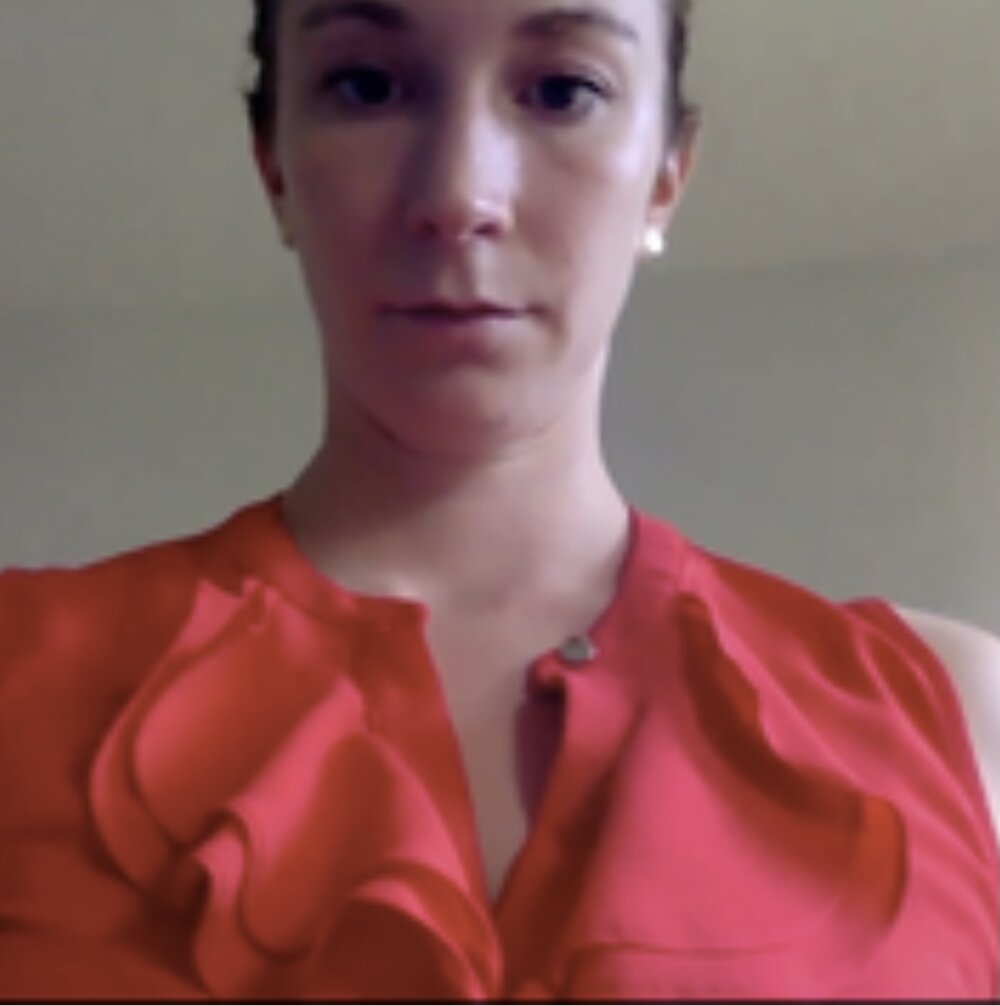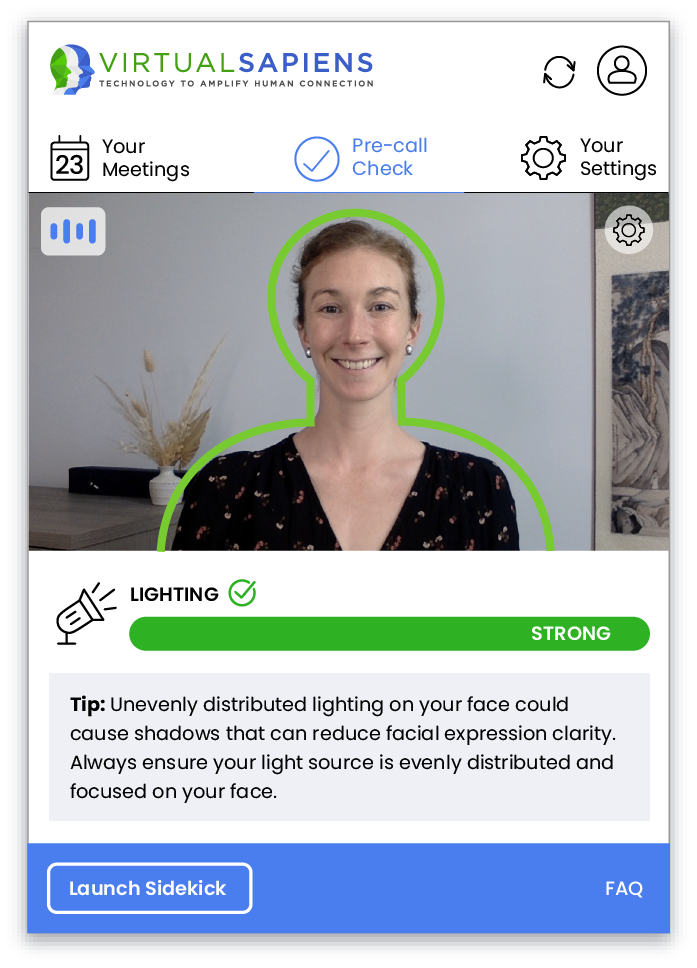One of my favorite nonverbal cues to keep an eye out for is called ‘proxemics’, more commonly known as spatial awareness.
While many of us are familiar with the importance of respecting spatial awareness in person (ahem…6 ft please!), many of us completely throw this knowledge out the window once we find ourselves staring at a screen.
There are four categories of proxemics we are familiar with in person:
Public (25ft-12ft)
Social (12ft-4ft)
Personal (4ft – 1.5ft)
Intimate (1.5ft-0cm)
So what happens when you can’t meet in person??
The short answer – you have to treat your lens as though it is a person. By and large, we have poor habits around screens and tend to get closer than we need to. Being too close to the screen causes discomfort for our audience because it:
Forces them into intimate territory with someone we likely don’t know
Exaggerates any facial expressions as though they are under a magnifying glass.
For example, I recently participated in a two-day virtual training. One of the facilitators spent the entire time with his face so close to the screen, staring into the lens without blinking that I felt incredibly threatened and kept wanting to look away.
Check out these common mistakes that relate to spatial awareness with your lens…



On video, you want to maintain a distance of at least 2 feet between your sternum and the back of your screen. Something more like this:

Our Pre-Call Check in the Sidekick
Whether you want to call this spatial awareness or simply, ‘framing’ is up to you.
But it is a challenging thing to build awareness around. Framing is one of the metrics we provide feedback on with our Virtual Sapiens Sidekick. Whether your lens is too high, too low, uncentered, too close or too far, we have your back.
